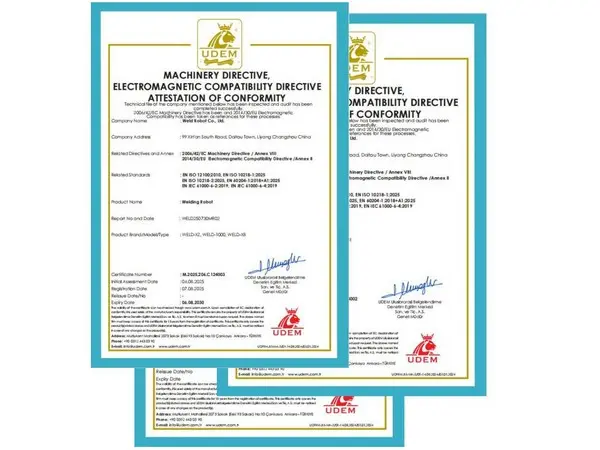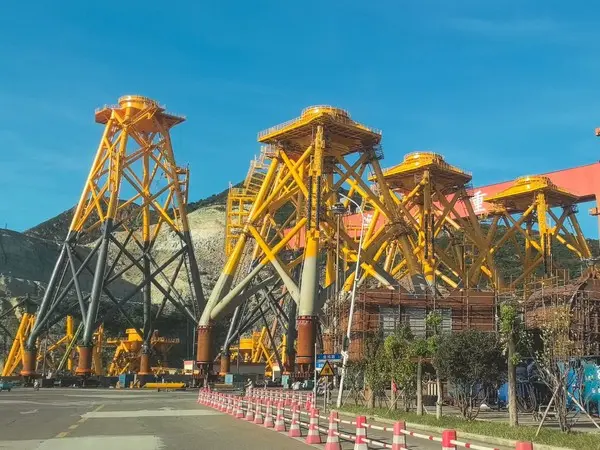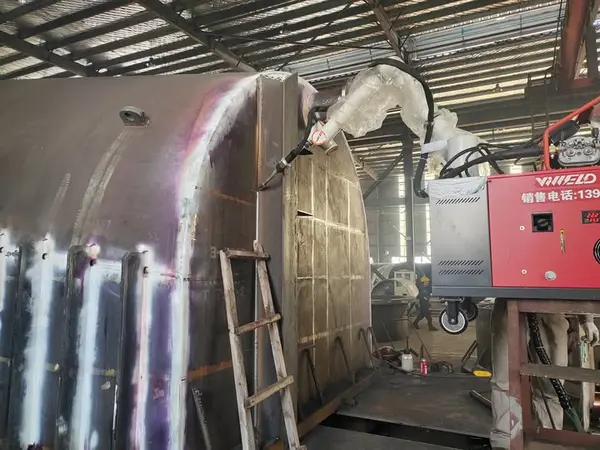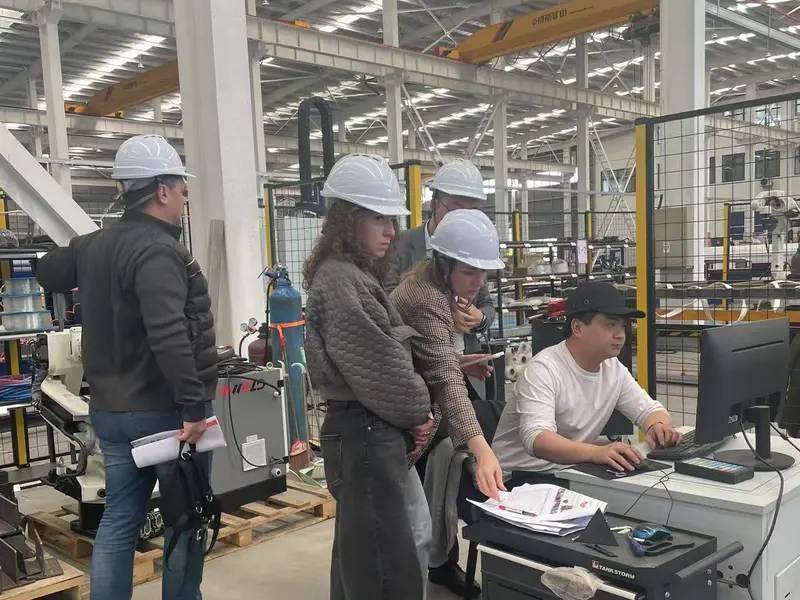Feedback from Shipbuilding Welding Operators on Collaborative Welding Robots
I've welded everything from cargo holds to engine mounts, but precision on marine alloys always tested our limits. As welding operators in the shipbuilding industry, we’ve experienced remarkable improvements since adopting collaborative Welding Robots. These WWELD robots excel in handling complex weld paths on large-scale ship components, such as hull structures and pipelines, with precision that minimizes rework caused by human error. Their flexibility allows seamless integration into confined workspaces, a common challenge in shipyards, while maintaining safety through real-time collision detection and reduced exposure to hazardous fumes.

One standout feature is the “one operator, Multiple Robots” capability. With intuitive programming interfaces, a single worker can efficiently manage up to four robots simultaneously, drastically accelerating production timelines for time-sensitive projects like vessel assembly. This addresses the industry’s chronic labor shortages and rising workforce costs.
Collaborative robots enhance industrial Welding Systems by precisely handling multi-axis weld seams on marine-grade steel alloys through real-time parameter adjustments. Their compact, mobile units facilitate swift inter-departmental transfers within shipyards, while integrated sensors maintain weld integrity across thick-section materials – critical for meeting fluctuating production schedules and stringent maritime certification standards.
In summary, these robots have redefined our workflow—boosting productivity by ~35%, enhancing weld integrity, and prioritizing operator safety. They are a strategic investment for modern shipyards aiming to balance scalability with craftsmanship.
#shipbuilding #cobot #weldingrobot







